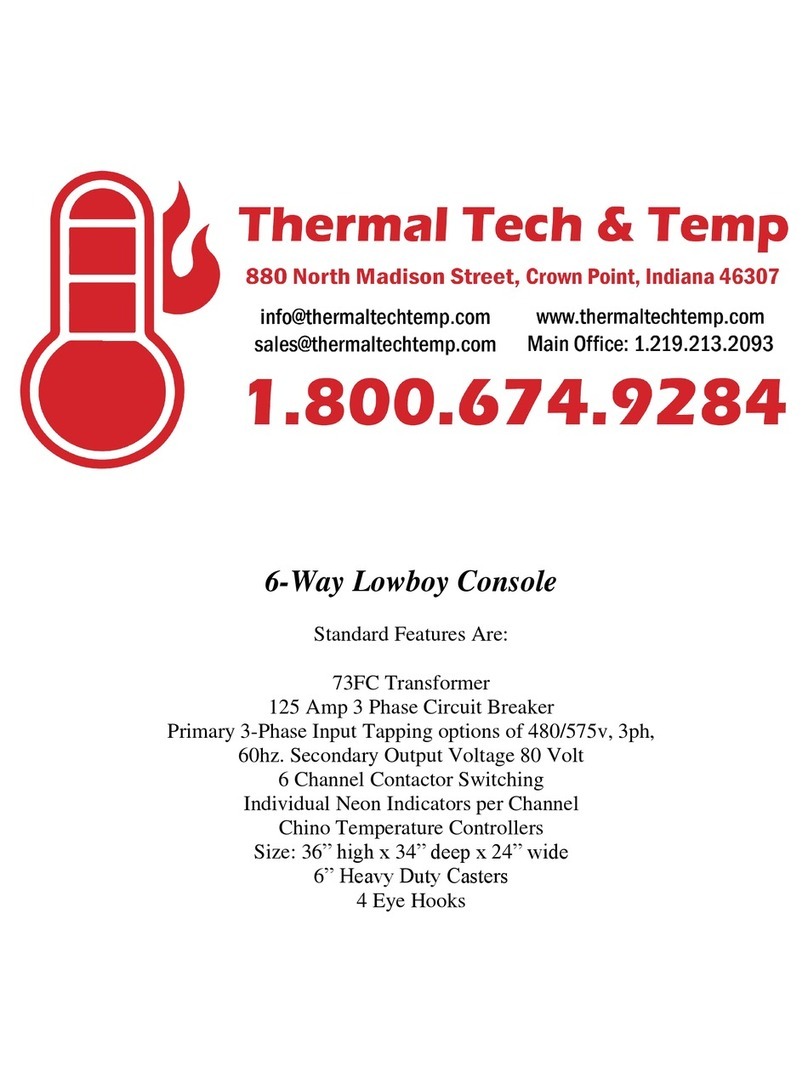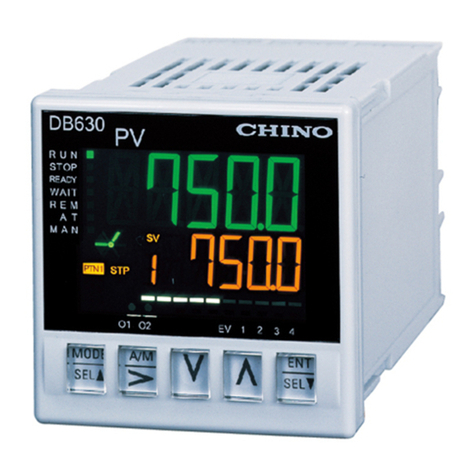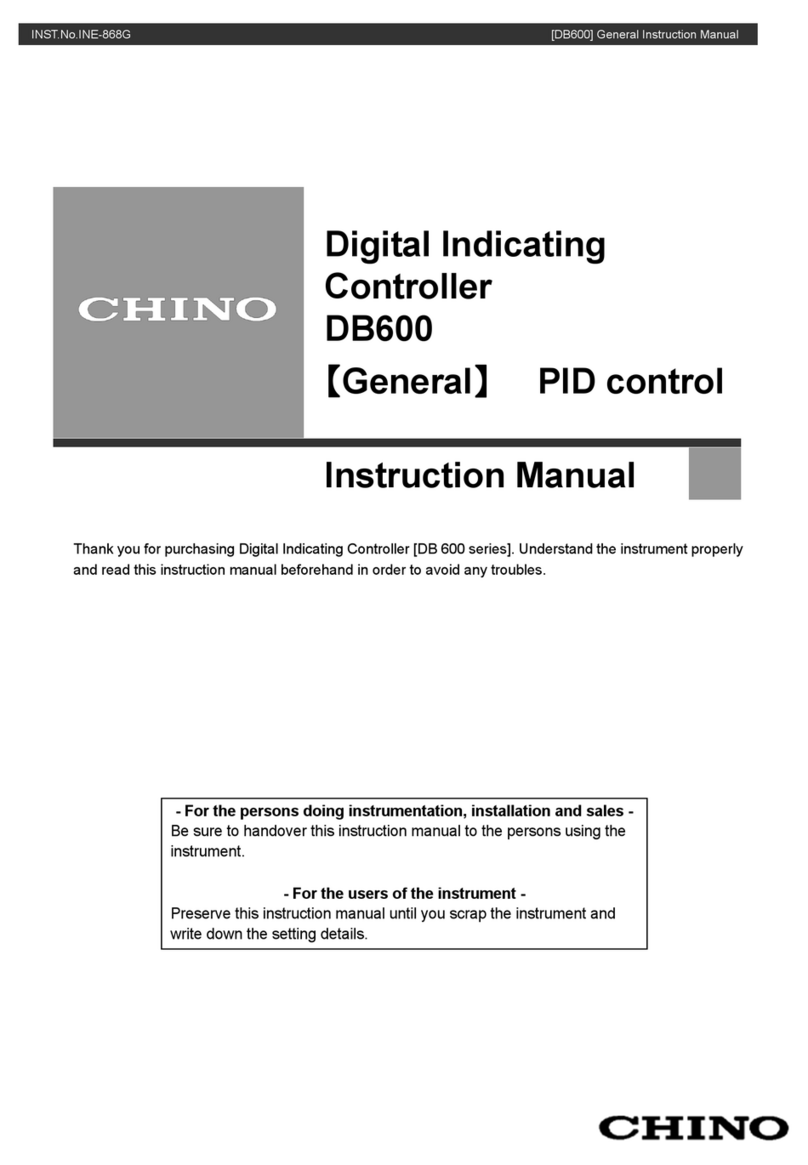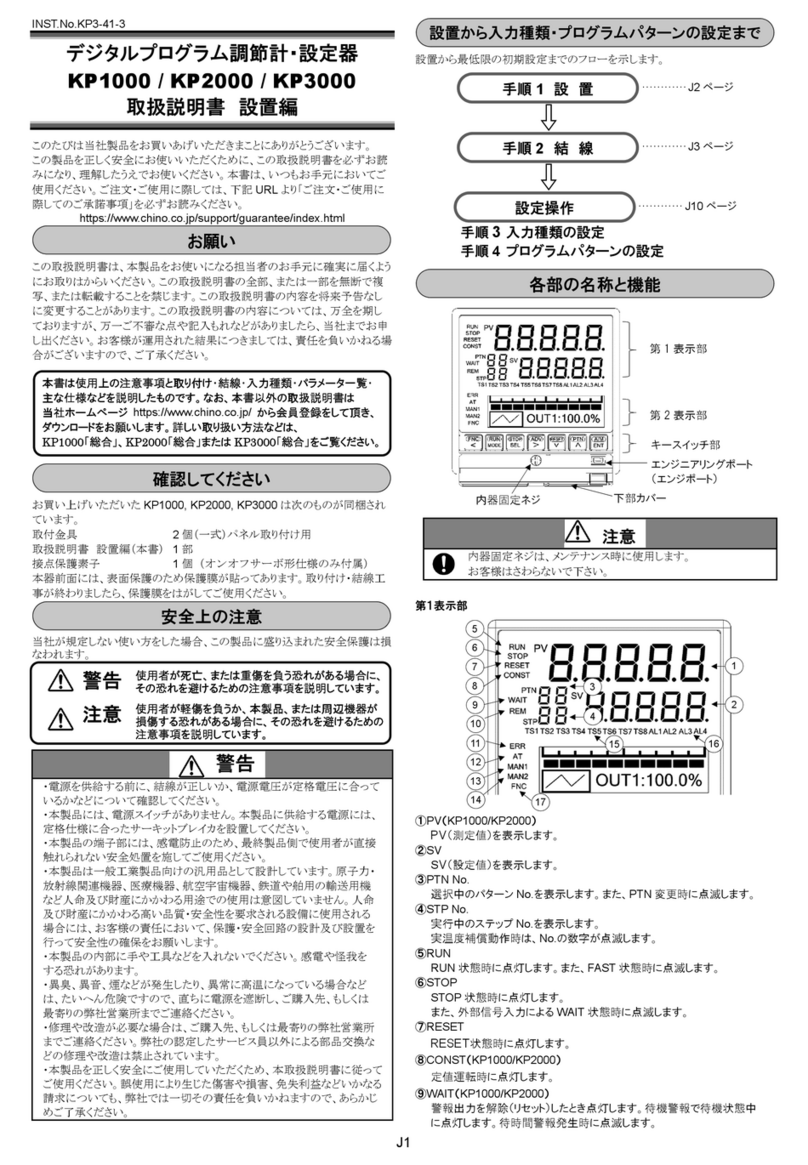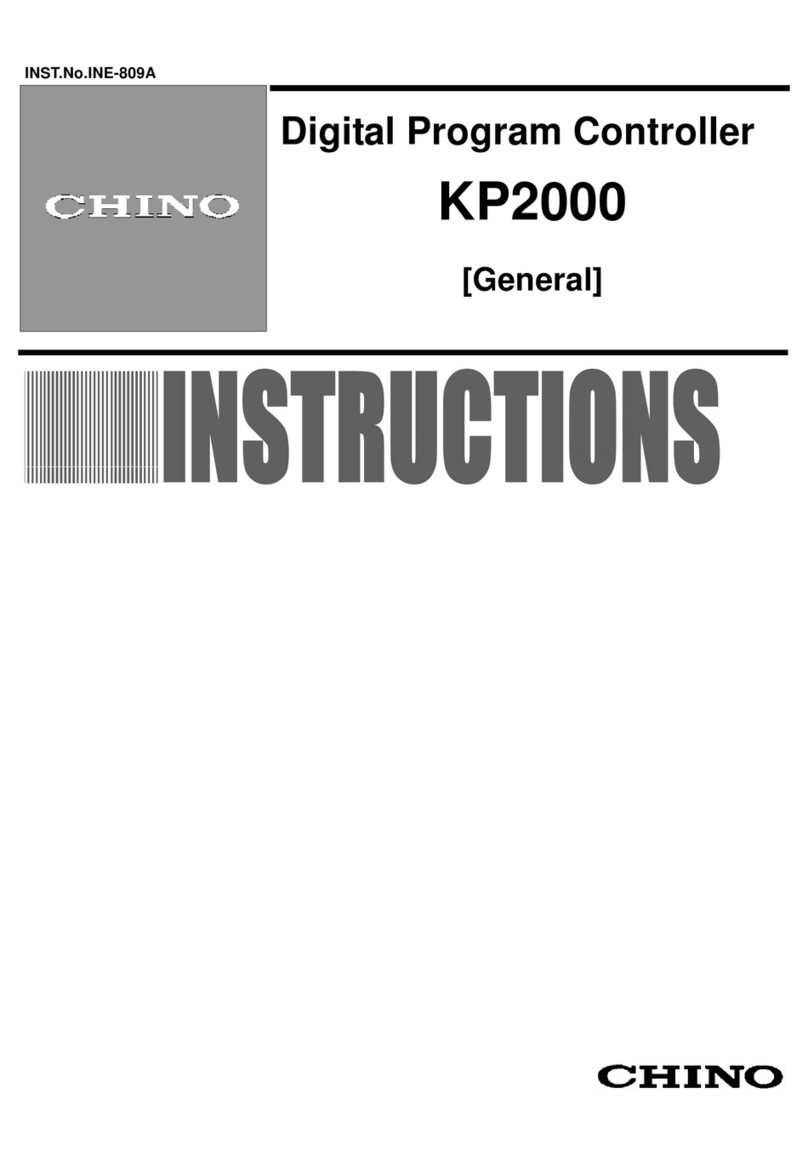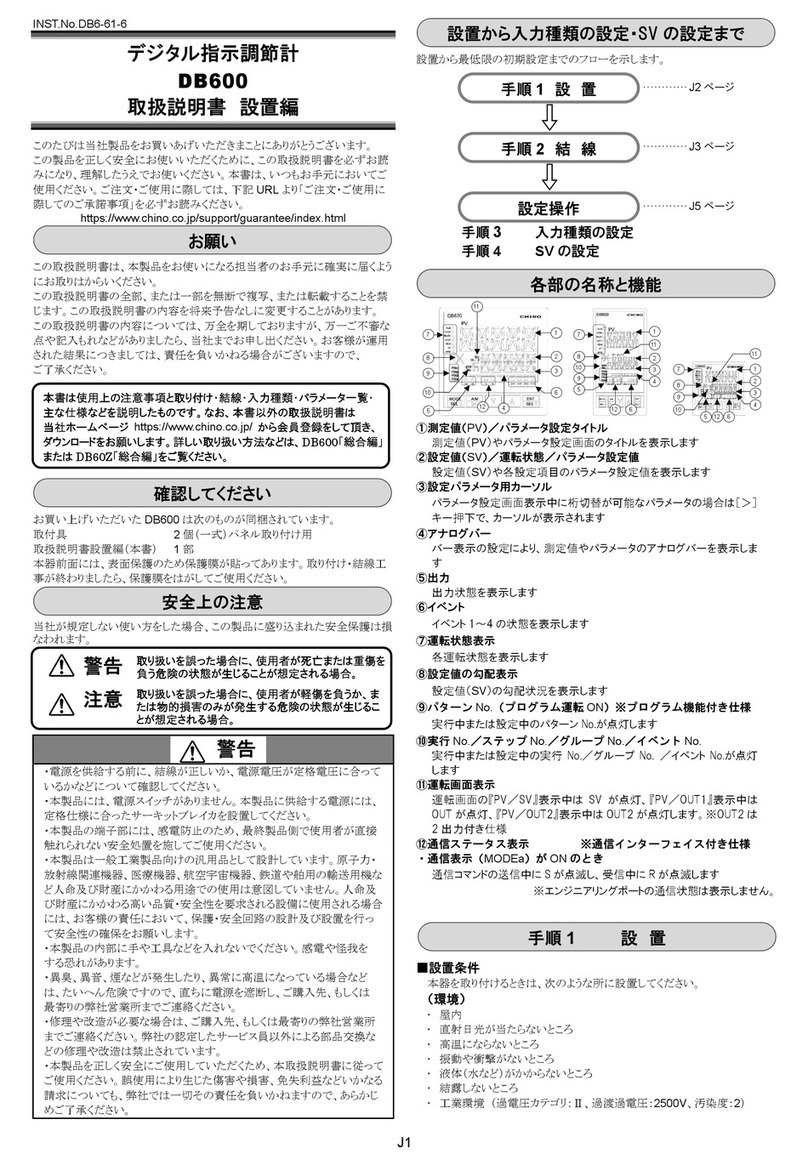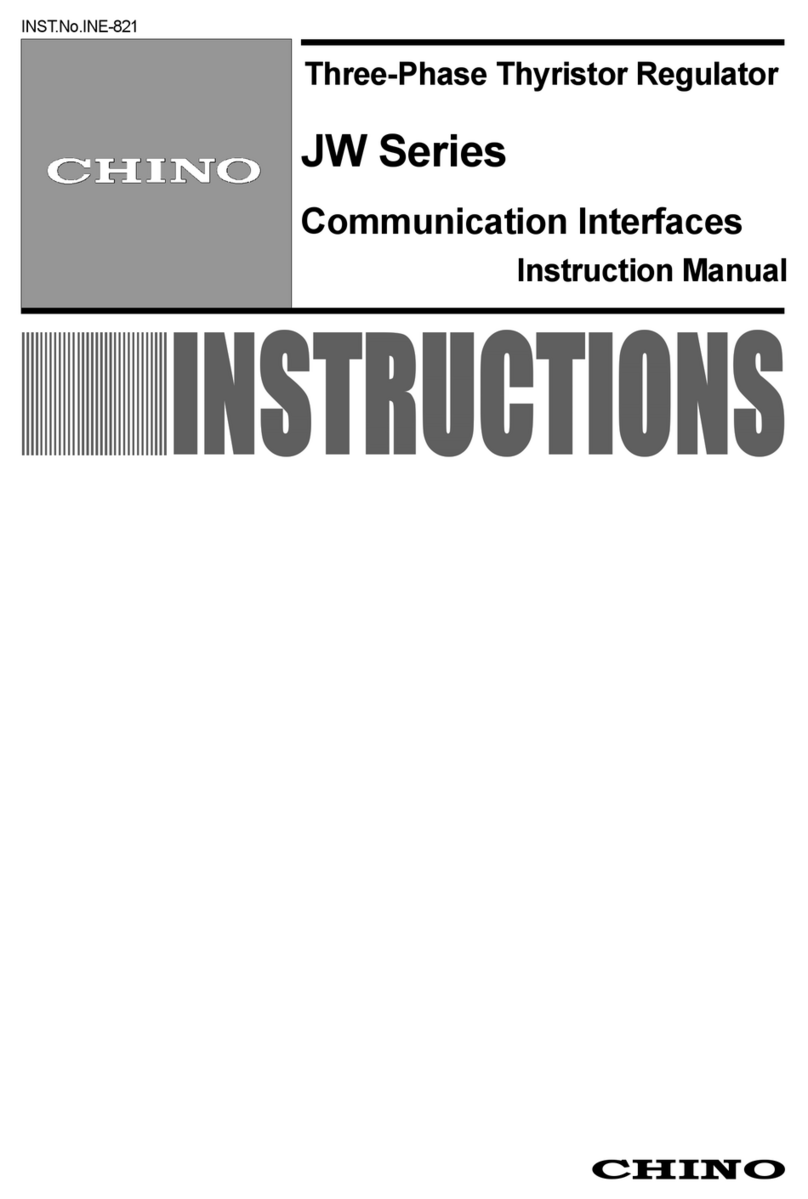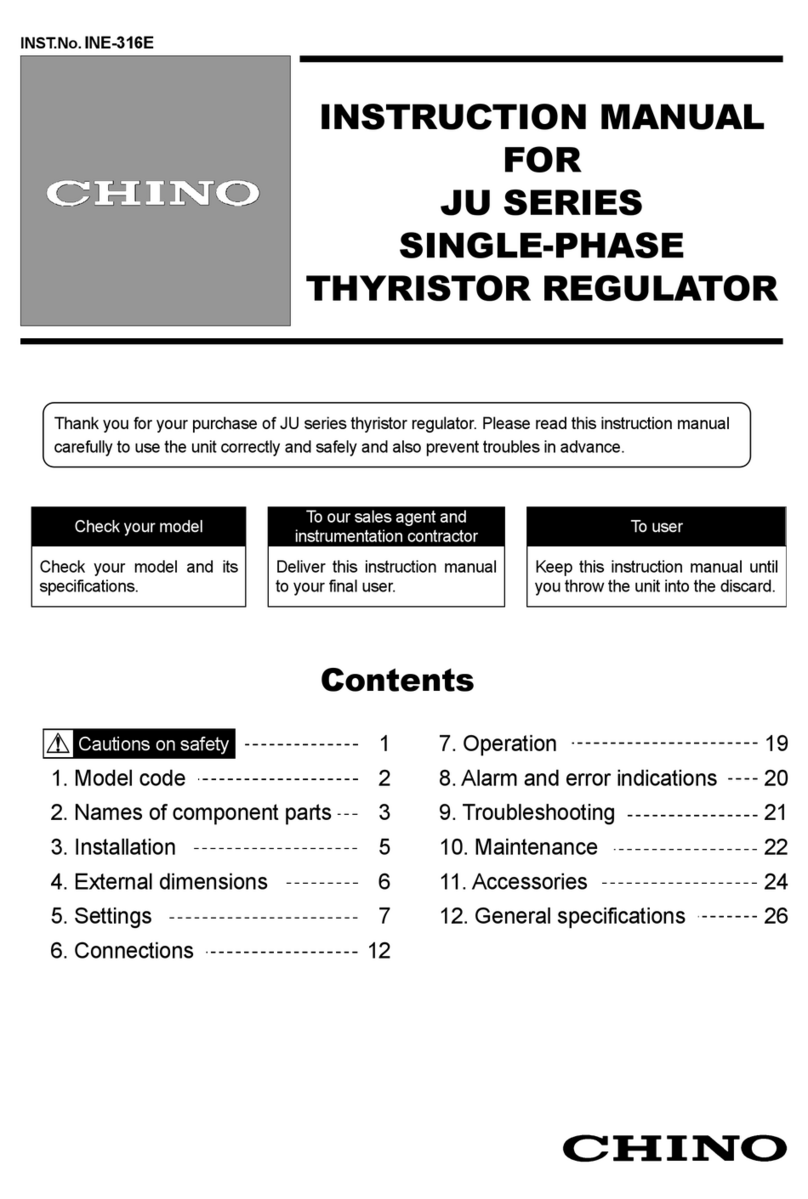
-3-
The product is a general product of system component type that is used by mounting it in a panel for instrumentation inside a
room. Do not use it in any other conditions. Due to the nature of the product, handling the product needs some expertise. For
the wiring and operation of the product, contact a professional having knowledge of instrumentation. It is also necessary for
users who actually use this product to read this instruction manual and have enough knowledge of various precautions and
basic operations.
2. For Safe Use of Product
1. Strictly observe the instruction manual
In order to use the product correctly and safely, make sure to follow this instruction manual.
The user is strongly recommended to read this manual carefully and gain comprehensive knowledge to avoid possible
problems before using the product.
2. Disclaimer of liability
Regardless of errors or shortage in writing in this instruction manual or the use conditions of this product, CHINO is not
responsible for any injuries, damages, or loss of profits resulted from improper use of this product.
3. Install safety instruments on the system side
When using this product for a final product system, and if a failure in the product or its peripheral devices may cause
serious damages to the final product, always install safety instruments and develop a fail-safe design for the final product
system to avoid such damages. Never use this product for critical facilities that are related to human life, atomic energy,
aviation, etc.
When power is supplied, sometimes the output related signal may be momentarily output until the product is starting
normally. Implement the countermeasures against erroneous output as per the requirement by using external circuit.
4. Need for basic knowledge on the controller
To handle the product, the basic knowledge related to the controller and the control equipment is needed. This
instruction manual is intended for a knowledgeable person with basic knowledge related to them. This product should be
used only by a person with the enough knowledge on the controller.
5. Confirm the power supply voltage and wiring
Before starting to supply power to the product, check to see that the wiring for the power supply voltage and
power-supply frequency and the product is correct and grounding is established. And also make sure that the grounding
is established on the system side.
6. Protection of terminal section
To avoid an electric shock, provide the terminal section of the product with a safety measure by the system side that
prevents the user from directly touching the terminal section. However, an exclusive terminal cover for the product is
available optionally.
7. Actions in the case of suspicion
If there is an offensive smell, strange noise or smoke or if the temperature increases abnormally, it is very dangerous,
hence immediately turn power off.
8. Prohibit repairing and modifying
When repair or modification is needed, contact the dealer or our sales office. Only our authorized engineers are allowed
to repair or modify the product. Never put your hands or tools inside the product or draw out the internal unit. If you do so,
you may get an injury or an electric shock.
Important
Warning
